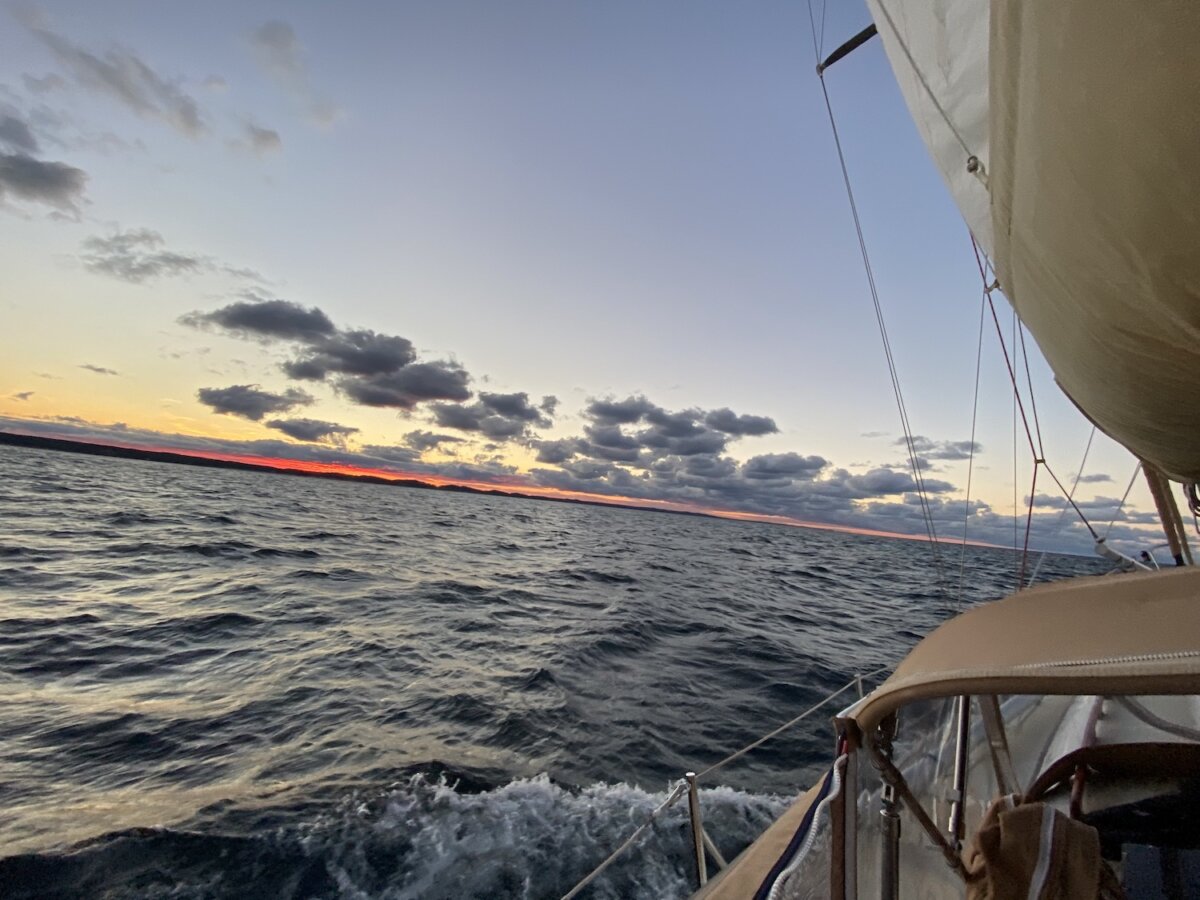Something happened after we got back from spending almost three weeks in Northern Spain. It was the first time we got to travel for a longer period (more than ten days) since we both still work full time. It was also the first time we had somewhat of an itinerary but didn’t really have firm plans. We wanted to just spend time in the places we went to and see what we could find. Since we had more time, this trip was a lot less “go, go, go” trying to see as much as possible.
We have found that, when you take more time to travel, and not just take a week vacation, there is something that shifts in your way of thinking. We had all this time to just exist and to think about what it is that we wanted to do in life. A huge underlying theme with us is that we love to travel and we want to be able to do more of it. We will have more on what we are doing to transition from full-time jobs to a travel lifestyle in future posts. This post is focused on step one for us, which was (and still is!) getting rid of the things we don’t need – or as we have come to call it purging our house!
We have been living your typical American lifestyle which means having a big house with a lot of stuff. We asked the question “if we wanted to, could we move out in 3 months?” which provoked a lot of anxiety. So as soon as we got back from Spain, we decided that step one was going through our house- room by room and purging all of the stuff we don’t need. We’ve sold a ton of stuff on Facebook Marketplace, and what we couldn’t sell was donated. We are working towards a modified form of minimalism in our house. We have come up with these general guidelines for ourselves when thinking of what we need/want and what we can get rid of:
1. The Three Month Rule
Have you used the item in the past three months? or are you going to use the item in the next three months? (for seasonal items, did you use last season? or are you going to use it next season? If the answer is no, get rid of it
2. Abandoned Hobbies
Do you have hobbies that you don’t spend time on anymore? You don’t have to keep everything, you can always get back into a hobby at a later date. If you are not spending time on it now, get rid of the items you have accumulated.
For example, Ryan used to play guitar and our house had at least 6 guitars he hadn’t played in years, we sold all except for one.
Another example: We make wine and cider at home and have accumulated a ton of equipment and bottles. Since we plan to travel more, we have sold some of our equipment and are recycling most of our bottles, keeping only enough to do 1 or 2 small batches of wine or cider a year if we want. These remaining items will have to be sold before we can travel full time.
3. The Happiness Test
You don’t have to go crazy minimalist. If something makes you happy, keep it. We aren’t the most sentimental people so we don’t have a problem getting rid of most things. But if you have something that is really important or special to you, you don’t have to get rid of it. General rule- if you need it OR if it makes you happy or is important to you, keep it!
4. Would it Move?
Ask yourself the following question: “If I were to move, would this item come with me?” This question can help you if you are struggling with your decision making 🙂
5. Eyes on the prize
Don’t fall back into old habits. Before you buy something, think about all the things we said above: do you really need it, will it really make you happy, if you move would it come with you.
6. Consumable Christmas
When it comes to the holidays, tell your family you want consumable items only so you don’t collect stuff. Last Christmas we did a liquor/wine gift exchange with our family. Other gifts included were mostly food items. This way people can still shop for you and feel that they are giving you a nice gift but it doesn’t have to be additional stuff – they don’t know what to buy you anyways! Another idea would be suggesting to your family that you could do a family trip or activity as the ‘gift’.
The other last but also really important thing with this is the money you can make! We promise- you don’t realize how much stuff you have that you don’t use and won’t miss after it is gone. AND these items can make you money which you can then save and put towards funding the lifestyle you really want! Small items that you are selling for under $20 all the way up to bigger/more expensive items you have- sell anything you can. We have a list of everything we have sold since we started purging our stuff. The grand total is up to over $11k! That did include two stand-up jet skis which sold for quite a bit each. But backing those items out we still have a total of $3k we have made by selling fairly common items that we just didn’t need to keep any longer.
Once you start to purge your unnecessary stuff it will become addicting! You will also feel much lighter and freer. You are giving yourself the freedom to focus your time and energy on what you really want.
What steps have you taken to allow more travel or more of what you want in your life? Leave us a comment below!


